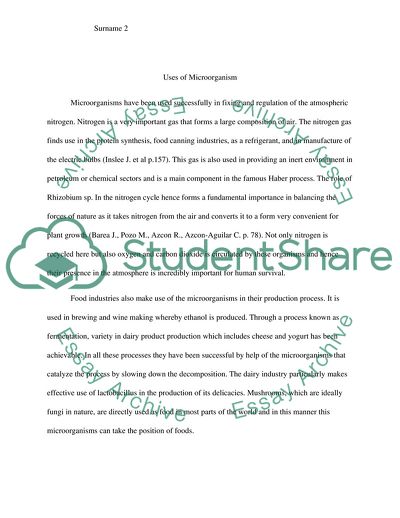Cite this document
(Applications and Ethics of Genetic Engineering and Biotechnology Term Paper - 1, n.d.)
Applications and Ethics of Genetic Engineering and Biotechnology Term Paper - 1. https://studentshare.org/biology/1797238-applications-and-ethics-of-genetic-engineering-and-biotechnology
Applications and Ethics of Genetic Engineering and Biotechnology Term Paper - 1. https://studentshare.org/biology/1797238-applications-and-ethics-of-genetic-engineering-and-biotechnology
(Applications and Ethics of Genetic Engineering and Biotechnology Term Paper - 1)
Applications and Ethics of Genetic Engineering and Biotechnology Term Paper - 1. https://studentshare.org/biology/1797238-applications-and-ethics-of-genetic-engineering-and-biotechnology.
Applications and Ethics of Genetic Engineering and Biotechnology Term Paper - 1. https://studentshare.org/biology/1797238-applications-and-ethics-of-genetic-engineering-and-biotechnology.
“Applications and Ethics of Genetic Engineering and Biotechnology Term Paper - 1”. https://studentshare.org/biology/1797238-applications-and-ethics-of-genetic-engineering-and-biotechnology.


